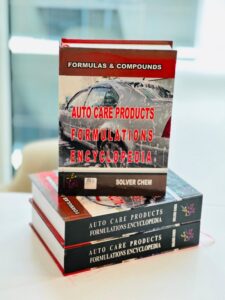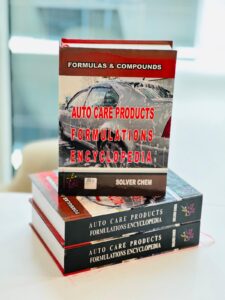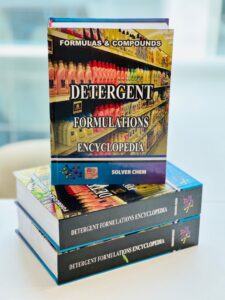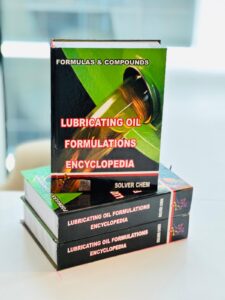
A Liquid De-Icer Solution is a chemical compound, typically a highly concentrated brine (salt dissolved in water) or a glycol-based fluid, engineered to lower the freezing point of water on a surface.
Unlike solid de-icers (like rock salt) which must first dissolve to become effective, liquid de-icers are applied in a ready-to-use solution, allowing them to work instantly upon application.
The primary ingredients often include:
- Chloride Brines: Sodium Chloride – common salt brine), Magnesium Chloride , or Calcium Chloride..These are highly effective and economical.
- Non-Chloride Compounds: Potassium Acetate, Sodium Formate, or Glycols (often used for sensitive areas like airport runways due to their lower corrosivity).
- Additives/Enhancers: Used to improve performance at lower temperatures, reduce corrosivity, or help the solution stick to the pavement.
Key Applications and Usage
Liquid de-icers are highly valued for their efficiency, precision, and ability to be used for both proactive and reactive winter maintenance strategies:
| Application Type | Purpose | How It’s Used | Key Locations |
| 1. Anti-Icing (Proactive) | Prevention: Prevents snow and ice from bonding to the pavement. | Applied before a storm or anticipated frost event. It creates a thin, protective film that prevents the ice-to-surface bond, making subsequent mechanical removal (plowing) much easier and more effective. | Highways, bridges, overpasses, critical roads, parking lots, sidewalks, and ramps. |
| 2. De-Icing (Reactive) | Removal: Melts existing snow, frost, or a thin layer of hard-packed ice. | Applied during or after a storm to break the bond of accumulated ice and snow on the surface. It works from the top-down to turn the ice into a slurry, which can then be plowed or brushed away. | Roads, sidewalks, and specific high-risk areas like shaded corners or steep slopes. |
| 3. Pre-Wetting | Enhancement: Increases the speed and effectiveness of solid rock salt. | Liquid de-icer is sprayed directly onto solid salt granules as they are being dispersed from a spreader truck. The liquid activates the salt immediately, helps it adhere to the road surface (reducing bounce and scatter), and allows it to work at lower temperatures. | Main roads and high-traffic areas where solid salt is still the primary melting agent. |
| 4. Specialized/Sensitive Areas | Safety & Non-Corrosion: Used where metal corrosion or environmental impact is a major concern. | Applied in a concentrated liquid form. | Airport runways, taxiways, airplane wings (glycol-based fluids), metal structures, parking garages, and pedestrian areas near sensitive vegetation. |
👁️ Görüntülenme: 1




